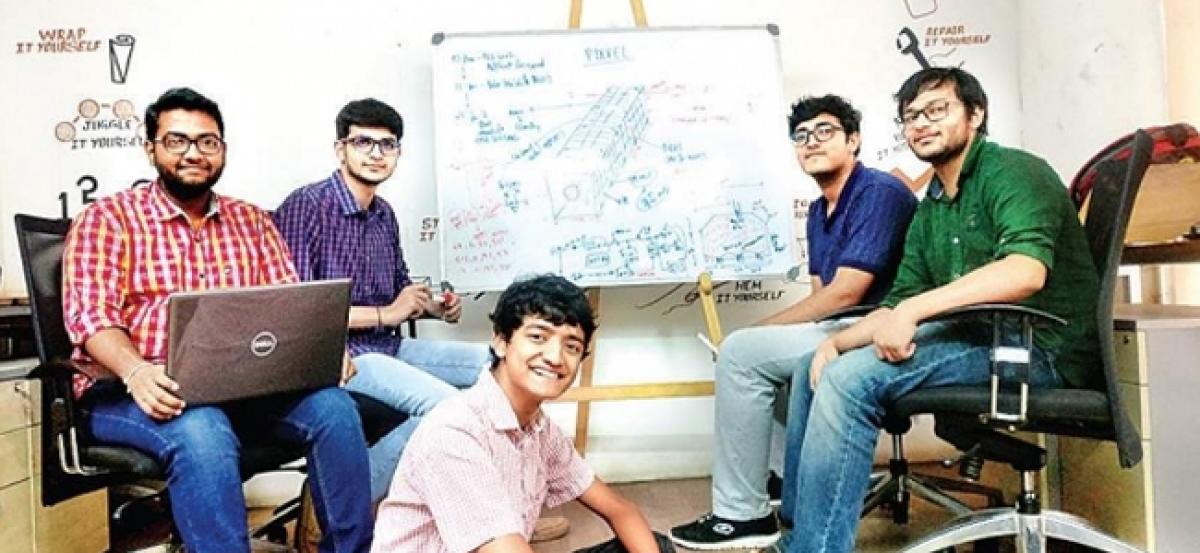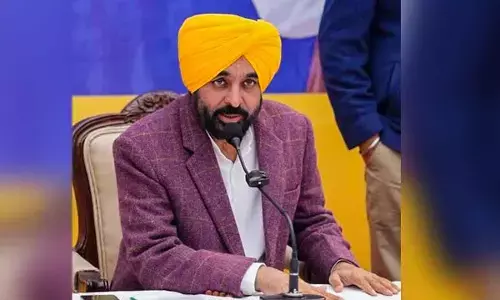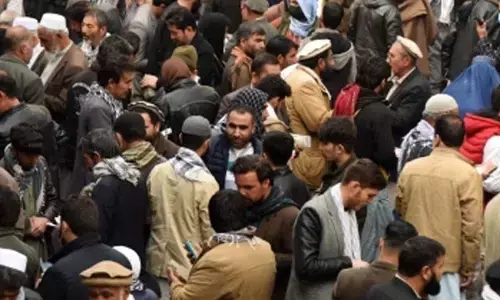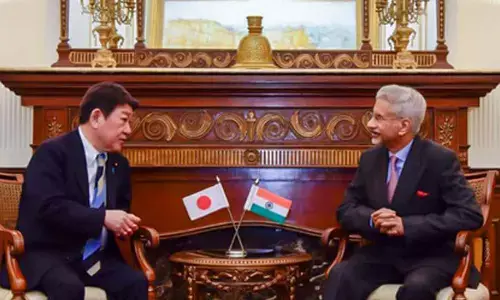Indian students to enter IBM's international AI competition

A team of students from Bengaluru is preparing to enter an international competition in the IBM Watson AI XPRIZE. The team comprises of members from BITS Pilani, BITS Goa and RV College of Engineering, Bengaluru.
A team of students from Bengaluru is preparing to enter an international competition in the IBM Watson AI XPRIZE. The team comprises of members from BITS Pilani, BITS Goa and RV College of Engineering, Bengaluru.
A $5 million competition is designed to “develop and demonstrate how humans can collaborate with powerful AI technologies to tackle the world’s grand challenges.” Many of these students are former members of Team Hyperloop India (students that took part in a much-hyped international competition started by Elon Musk’s company, SpaceX).
The team is building a solution to some primary problems in the fields of agriculture, natural disaster. A few of these are named through AI, machine learning, and satellite technology. The team is dedicated build a constellation of nanosatellites that will be delivered into the lowest orbit of the earth.
According to Awais Ahmed, the team lead of Pixxel, the plan to enter XPRIZE competition is to align the work with the core objectives of the team. The team consists of over 30 students working in the spheres of data analytics, astronautical engineering, business development and image processing.
Alias said, “We have to submit a proposal by 2020. There is a wildcard entry round in December that we are hoping to enter. We are working on the proposal as of now. What we intend to do is show the impact we have created with our technology.” Only another team from India is in the running for the XPRIZE competition.
The Pixxel team is divided into two functions - one that is building satellites and another that is focused on building the AI model. Awais said, “We are molding our technology into final products and services. We will partner with cooperatives and farmers. One use of our tech is, for example, to send simple and comprehensive data models to farmers in local messages so that they can make an informed choice while farming. Using satellite imagery (from openly available sources online for the time being) we have been able to predict agricultural yield three months in advance at an accuracy level of 90 percent. Our aim is to cut the data gap.”
The team believes that the larger aim of the work is to collect the wealth of data that this constellation will generate. The data can affect economies, militaries and the planet’s health. The team is working with ISRO and Shell to achieve its objectives.
Source: techgig.com














